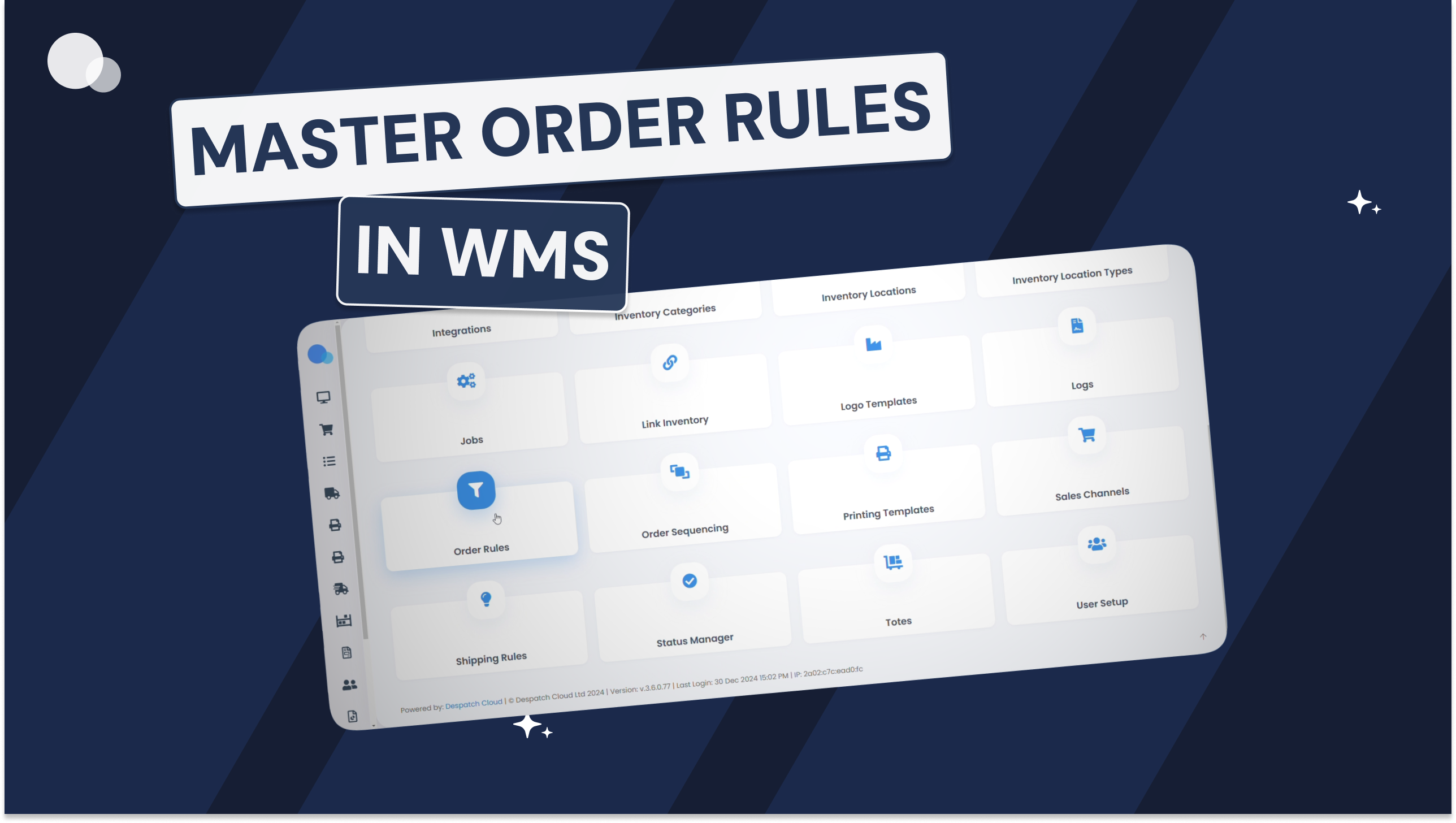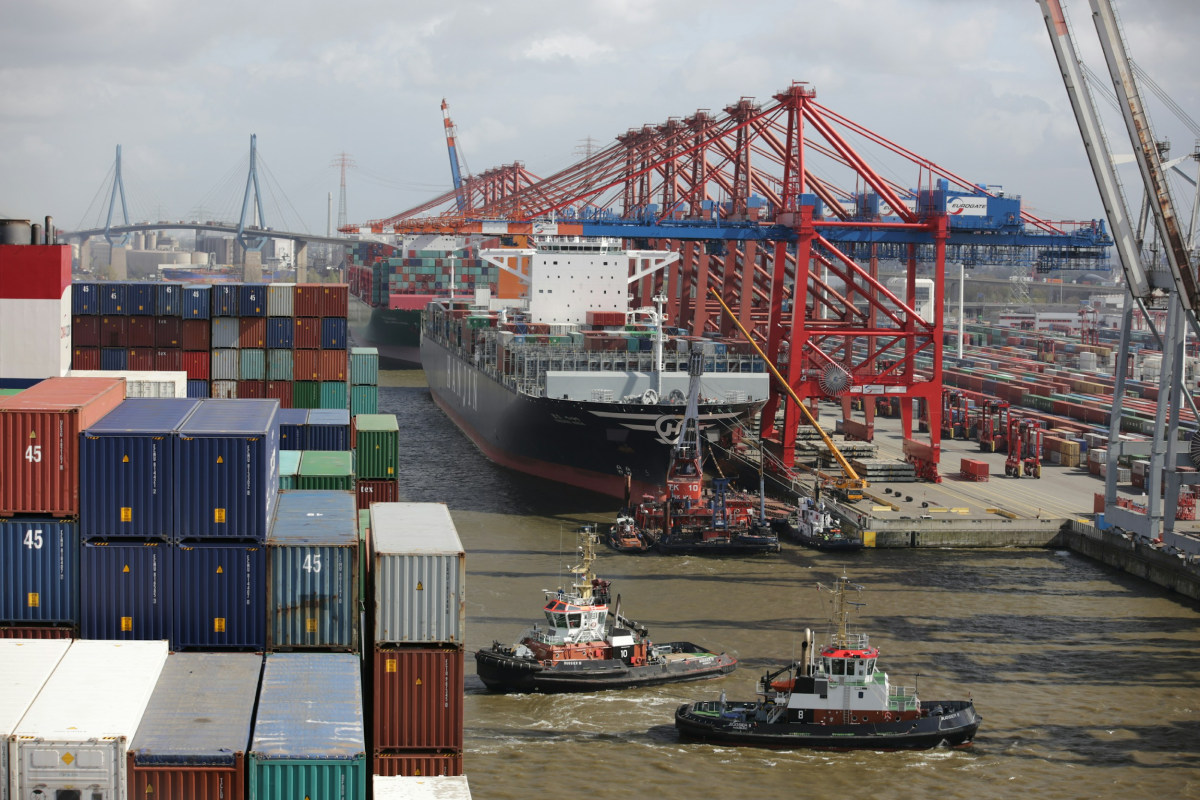| Feature | Tracking | Business | Ultimate |
|---|---|---|---|
| Email Support | Yes | Yes | Yes |
| Phone Support | No | Yes | Yes |
| GDPR Compliant | Yes | Yes | Yes |
| Generate Shipping Labels | Yes | Yes | Yes |
| White Label Solutiont | No | No | Yes |

<span data-metadata=""><span data-buffer="">Need help?
<span data-metadata=""><span data-buffer="">You are in good hands




FAQs<span data-metadata="">
To understand a Shipping API, you first need to know that an application program interface (API) is code that allows different web applications to communicate and exchange data.
A shipping API integrates and customises shipping capabilities within your existing tech stack, enabling seamless communication and functionality across various applications. These might include:
- Ecommerce website
- Warehouse management system (WMS)
- Order management system (OMS)
- Enterprise resource planning system (ERP)
For example, when someone places an order on your website, instead of using a separate application to compare couriers and print labels, the shipping API retrieves and displays this information in the relevant application. This integration streamlines the process, allowing you to manage shipping tasks within your current platform.
Shipping APIs operate in the background of the applications they integrate with, functioning as a bridge between your ecommerce platform and external servers. They pull data from these servers, translate it, and display the relevant information within your platform.
One common type of shipping API is the REST API. When your ecommerce site needs information, it sends a request to an external server via the API. The API then retrieves the information and responds by displaying it on your site.
Think of it like this: you’re in a foreign country and need to communicate with someone who doesn’t speak your language. You’d rely on a translator to convey your request and translate the response back to you. In this analogy, the API acts as the translator.
Shipping APIs come with comprehensive documentation to assist developers in integrating and fully utilising the API. This documentation typically includes:
- How the API interacts with other applications
- The process for requesting and retrieving information
- Request frequency limits
-Other essential details for effective use
The phrase “don’t put all your eggs in one basket” applies to shipping as well. Relying on a single carrier can be inefficient and costly, as each carrier calculates shipping costs based on factors like size, weight, distance, and delivery time.
Our Shipping API automates the process of selecting the optimal carrier for each order. Whether you need the lowest cost option or the fastest delivery, the API ensures the best choice is made based on your criteria. This automation speeds up the fulfilment process and saves your business time and money.
Shipment TrackingCustomers expect to track their orders, with many checking the status multiple times during transit. Without tracking, customer service teams can quickly become overwhelmed with inquiries.
Address ValidationHuman errors, such as typos in addresses, are inevitable when customers fill out their information on your ecommerce site. These errors can be costly, not just in terms of reprinting shipping labels, but also in labor costs for reprocessing orders, handling returns, and potentially losing future revenue due to poor customer experiences.
With Despatch Cloud’s Shipping API, address validation is seamlessly integrated with your ecommerce store. When a customer enters their address at checkout, the API automatically verifies the address against a database to ensure its accuracy. This reduces human error, saves money, and enhances the customer experience by preventing delivery issues.
Despatch Cloud’s Shipping API includes branded shipment tracking notifications, keeping customers informed throughout the delivery process. This feature ensures timely updates and reduces the need for manual responses, enhancing the post-purchase experience and maintains customer satisfaction.



